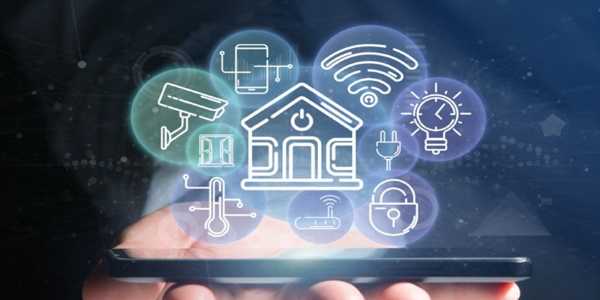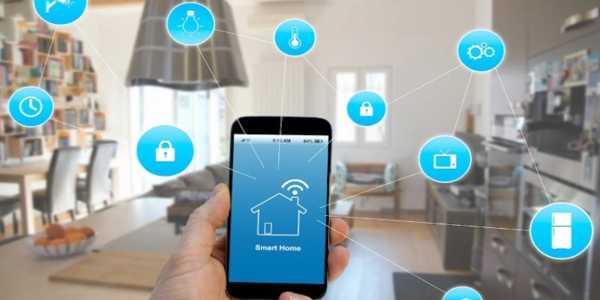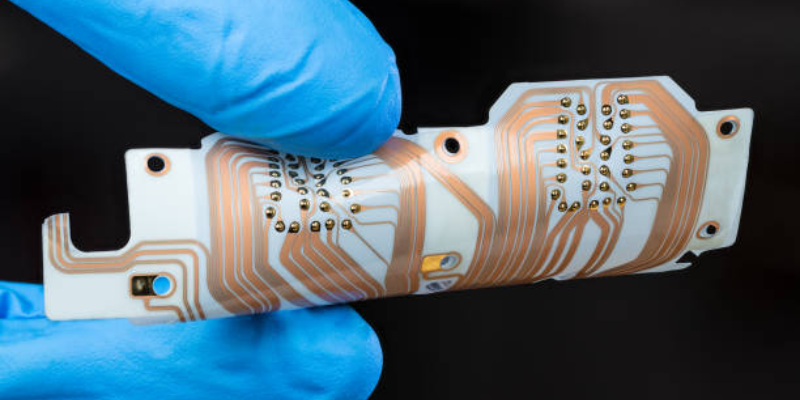How To Secure Your Smart Home Devices Against Cyber Threats
Author: Tooba
In today’s world, the idea of a smart home feels almost magical. With just a tap on your phone or a voice command, you can dim the lights, lock the doors, or even brew a fresh pot of coffee. However, as amazing as these devices are, they come with a hidden risk: cyber threats. Your smart home is only as secure as the devices and practices you use to protect it. Imagine the nightmare of a hacker taking control of your baby monitor or unlocking your front door remotely. It’s a sobering reminder that convenience should never come at the expense of security. So, how do you keep your smart home safe? Let’s dive into practical, no-nonsense ways to protect your devices and your privacy.
The Risks Of A Connected Home
Every connected device in your home is a potential entry point for hackers. From your smart thermostat to your baby monitor, any vulnerability can be exploited. Hackers might steal sensitive information, spy on your activities, or even hijack your devices to attack others.

The problem is that cyberattacks on smart devices are often invisible. Unlike a physical break-in, you might not realize you’ve been hacked until your data has already been compromised. This makes it crucial to understand the risks and take proactive steps to secure your home.
Secure Your Wi-Fi Network
Your home Wi-Fi network is the backbone of your smart home. If it’s not secure, everything connected to it is at risk. The first step is to change the default name of your network. Many people stick with the factory-set name, which can reveal the brand of your router and make it easier for hackers to guess vulnerabilities.
Next, use a strong password for your Wi-Fi. A good password is long, unique, and includes a mix of letters, numbers, and symbols. Avoid common phrases or anything easy to guess, like your name or address. It might be tempting to keep things simple for convenience but remember: a weak password is like leaving your front door wide open.
Enabling encryption is another must. Modern routers usually support WPA3 encryption, which is currently the most secure option. If your router only offers WPA2, it’s still better than older protocols like WEP, which are easily cracked. Finally, consider creating a separate guest network for visitors. This keeps your main network—and all the devices connected to it—off-limits to anyone who doesn’t need access.

Keep Software Up-To-Date
Outdated software is one of the biggest vulnerabilities for smart devices. Manufacturers release updates to fix bugs and improve security, but these only work if you install them. Many devices allow you to enable automatic updates, which is the simplest way to stay protected. If that’s not an option, check for updates regularly.
Before buying a new device, research its manufacturer’s update policy. Choose brands that commit to long-term software support, ensuring your devices remain secure over time.
Use Strong Passwords And Avoid Reusing Them
Default passwords are a hacker’s dream. They’re often weak and widely available online. Always change the default password on any new device. Create a unique, strong password for each device and account, and avoid reusing them across platforms.
Using a password manager can help. These tools generate and store complex passwords, so you don’t have to remember them all. This makes it easier to keep your devices secure without resorting to weak or repetitive passwords.
Enable Two-Factor Authentication
Two-factor authentication (2FA) adds a critical layer of security to your accounts. Even if someone steals your password, they won’t be able to access your account without the second factor, which is usually a code sent to your phone or email.
Not all smart devices support 2FA, but it’s increasingly common for apps and services. Enable it wherever possible, especially for devices that control sensitive systems like cameras or locks. The slight inconvenience is a small price to pay for better protection.
Be Cautious With Third-Party Apps And Integrations
Many smart home devices allow you to integrate third-party apps or services for added functionality. While these integrations can be convenient, they also introduce additional risks. Every third-party app is another potential vulnerability, especially if it’s not well-designed or lacks proper security measures.
Before installing any third-party app, do your research. Stick to trusted developers and read reviews to see if others have experienced security issues. It’s also a good idea to review the app’s permissions and only grant access to the data and features it genuinely needs to function.
Disable Features You Don’t Use
Many smart devices come with features you’ll never use, such as remote access or voice commands. While these can be convenient, they also increase your attack surface. If you don’t need a feature, disable it. For example, turn off remote access if you don’t plan to control your devices when you’re away from home.
Similarly, consider unplugging devices when they’re not in use. A smart speaker doesn’t need to be listening all the time if you only use it occasionally. Minimizing active connections reduces your exposure to potential threats.
Monitor Your Devices For Unusual Activity
Even with the best security measures in place, it’s essential to stay vigilant. Regularly check your devices for signs of unusual activity, like unexpected spikes in data usage or unfamiliar devices on your network. Many routers and smart home hubs include tools for monitoring connected devices, which can help you spot potential intrusions.
If you notice something suspicious, take action immediately. Disconnect the affected device, change your passwords, and update your software. In some cases, you might need to reset the device to its factory settings to eliminate any hidden malware.
Choose Devices Wisely
Not all smart devices are created equal. Some manufacturers prioritize security, while others focus on cutting costs. Before buying a new device, research its reputation for security. Look for brands that offer regular software updates and have a history of addressing vulnerabilities promptly.

Avoid bargain-bin products from unknown brands. These devices often lack basic security features and are unlikely to receive updates, making them easy targets for hackers. Investing in quality products is a smarter choice in the long run.
Conclusion
Living in a smart home doesn’t mean sacrificing security. By following a few key practices—like securing your Wi-Fi, using strong passwords, and keeping your devices updated—you can enjoy the benefits of connected living without unnecessary risks.
Securing your smart home isn’t a one-time task but an ongoing process. Technology evolves, and so do cyber threats. Staying informed and vigilant ensures your home remains a safe and convenient place. With a little effort, you can have both the convenience of a smart home and the peace of mind that comes with knowing it’s secure.




